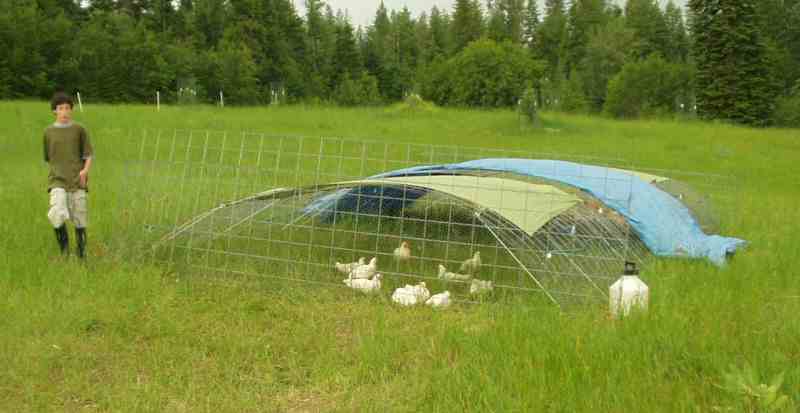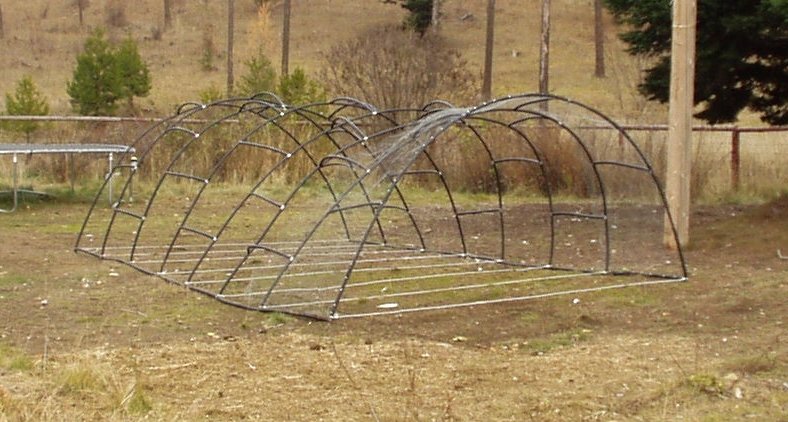




My books, movies, videos, podcasts, events ... the big collection of paul wheaton stuff!




My books, movies, videos, podcasts, events ... the big collection of paul wheaton stuff!




![Filename: North-wall-of-the-chicken-house-under-construction.-Simple-scaffolding-with-a-couple-of-extra-bits-welded-on-for-laying-boxes-and-window-and-door-fram.jpg
Description: [Thumbnail for North-wall-of-the-chicken-house-under-construction.-Simple-scaffolding-with-a-couple-of-extra-bits-welded-on-for-laying-boxes-and-window-and-door-fram.jpg]](/t/1958/a/2153/thumb-North-wall-of-the-chicken-house-under-construction.-Simple-scaffolding-with-a-couple-of-extra-bits-welded-on-for-laying-boxes-and-window-and-door-fram.jpg)
artist, farmer, crisp-apple biter,
mammal, mother, lover, fighter.
http://www.milkwood.net




www.thehappypermaculturalist.wordpress.com




artist, farmer, crisp-apple biter,
mammal, mother, lover, fighter.
http://www.milkwood.net




























































Gene GeRue wrote:
Paul, I am crushed. You make no mention of my chicken moat invention. Please see
http://www.motherearthnews.com/Sustainable-Farming/1988-05-01/Garden-Pest-Control.aspx
Permaculture to me is designing my place so that everything is interrelated and does more than one thing. Paddocks are a nice idea but too labor intensive for my old body's tastes and they seem to have only the chickens in mind. The chicken moat is primarily for the purpose of feeding the chickens a varied diet including all those pesky grasshoppers and other bugs that seem obsessed with getting into a garden, but it also protects the garden from rabbits, armadillos, deer, etc. The moat surrounding the garden gives the hens maximal opportunity to have a fair shot at getting the bugs before the bugs get the veggies. As it surrounds the garden it also makes it very easy to toss weeds and veggie rejects into it. Fruit trees planted around the garden perimeter also make it easy to toss in rotten fruit.
The moat should be designed for a certain size flock. Should one wish to increase flock size it is easy to expand the moat in any direction. Your paddock idea can be easily accommodated by building extra attached sections, each with its own gate that opens from a small yard outside the henhouse. Or the moat can be partitioned.
As for chicken poop, you seem to see it as nasty, odiferous yucky stuff. That leads to waste. I see it as garden gold. In our henhouse, which we call the Taj Mahen, I long ago abandoned using sawdust or straw. The litter consists entirely of old, dry chicken poop. With low-back and high-front ventilation, the coop stays dry. Hens cannot resist scratching and they keep their litter nicely aired out. All I ever do is shovel out what I need to feed the garden beds. The fresh poop lands on dry poop, so it dries quickly. Minimal smell, maximal fertilizer.
Keep up the good work. You have many good ideas and I feel certain you are helping a lot of people who are new to the world of permaculture.
Gene GeRue
Author: How To Find Your Ideal Country Home
Inventor: The Chicken Moat















The true sign of a leader is not measured in the number of people you have led but in the number of people you have turned into leaders









I was initially thinking of getting 10 - 12 chickens... but after reading through here, it sounds like starting out with 3 -6 might be a better start to make sure we're all compatible.
I was thinking after reading through all the sites that maybe try a rescue breed... like the Dorking? I was thinking of a combo egg and meat type chicken. Was wondering if I should try something else first to see how we do.
Looking for thoughts. I've never done this before. We also have a cat and a dog... And hope neither will like to scare the chickens at the least...

















Pastured pork and beef on Vashon Island, WA.








Pastured pork and beef on Vashon Island, WA.












My books, movies, videos, podcasts, events ... the big collection of paul wheaton stuff!






My books, movies, videos, podcasts, events ... the big collection of paul wheaton stuff!




Just call me Uncle Rice.
17 years in a straw bale house.





|
Every snowflake is perfect and unique. And every snowflake contains a very tiny ad.
Switching from electric heat to a rocket mass heater reduces your carbon footprint as much as parking 7 cars
http://woodheat.net
|




